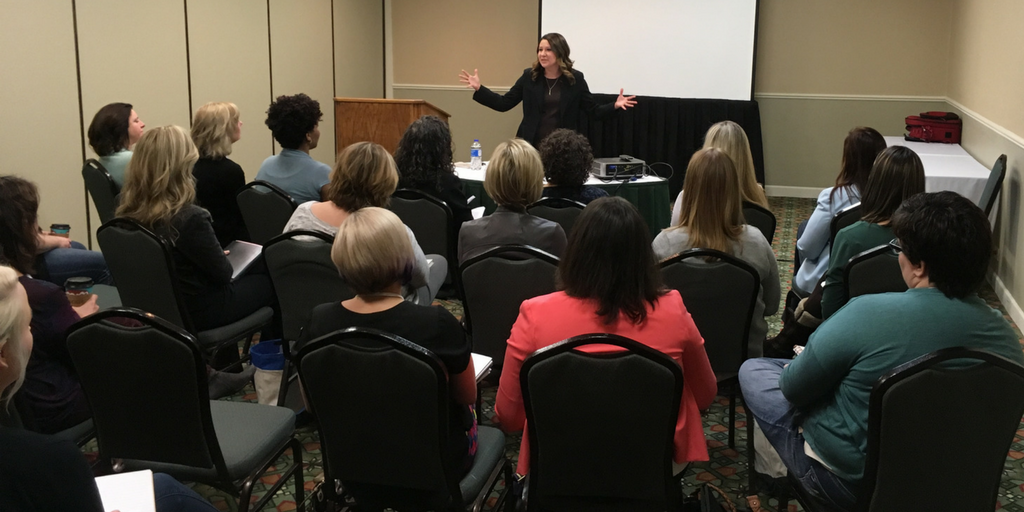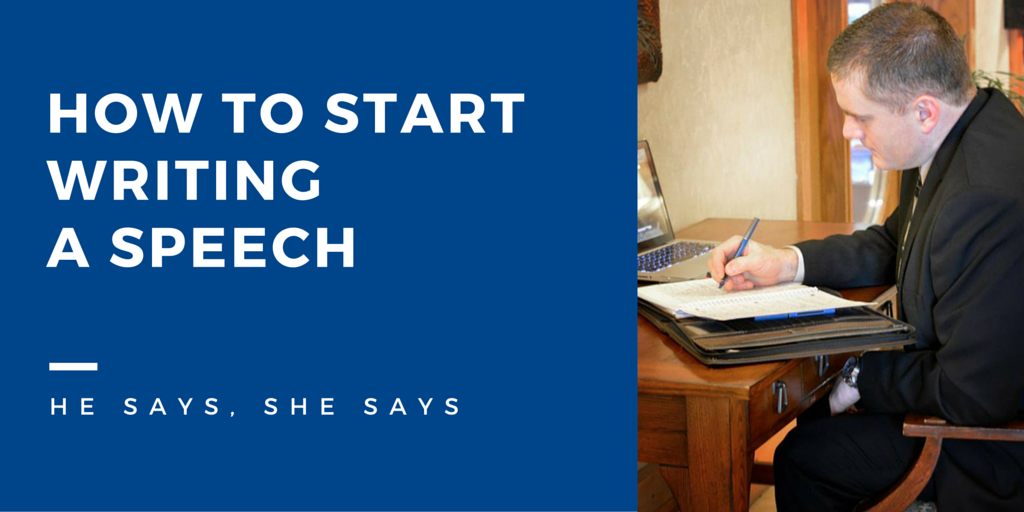
When Your Speeches are on Autopilot
Good speakers niche down and speak on specific topics in their areas of expertise. Over time that evolves into a few great speeches that are delivered repeatedly to a variety of audiences. These speeches are given so many times that eventually the speeches become second nature.
Speakers may begin to feel like they're speaking on autopilot.
That feeling of autopilot is wonderful during speeches because it allows less reliance on notes, tweaked and honed stories, and perfect adherence to time constraints. Unfortunately, though, it can lead to boredom and burnout.
A speaker recently told me she's bored by her speeches because she's given the same ones so many times. She also mentioned that sometimes there are repeat audience members who have already heard her deliver the speeches elsewhere.
What can be done?
If you find yourself on autopilot, giving the same speeches over and over, there are a few simple things you can do to shake things up a bit.
First of all, rest assured that you should stick to your niched topics. You're not an expert on all things, so if your niche is marketing you really shouldn't be speaking on the topic of college financial aid. Your audience would not expect that. When an audience attends a Jimmy Buffett concert, they expect to hear him sing Margaritaville at some point. He's known for that song, and he's an expert at it. You're known for something specific, too, and that's your Margaritaville.
Second, just because you have niched topics doesn't mean you have to stick to the same speeches for more than a speaking season. We speak broadly about communication but that doesn't mean we keep the same speeches for decades. Reevaluate each season. Determine which topics in your wheelhouse are needed right now. For example, we did hundreds of Zoom-related trainings during the pandemic to teach audiences how to use Zoom. Zoom was pretty new to a lot of people then. Those trainings aren't as relevant now because people are more familiar with Zoom. Recently we've done trainings on specific aspects of online meetings such as "how not to put your online audience to sleep." It's all about communication, but it's a new and fresh approach.
Third, infuse new stories into your existing speeches. Jimmy Buffett may showcase different instruments during Margaritaville. Same song, fresh sound. Speakers can do the same by telling different stories that are still relevant to the speech but haven't been heard by audiences before.
Finally, take breaks. Stagger your speaking seasons. If you're speaking about goal-setting during Q1, speak about something else during Q2. Then bring goal-setting back as a topic during Q3 or Q4. The break will give you time to reflect and come at it with new perspective when you speak on that topic again.
Overall, speakers need to stay in their areas of expertise, but that doesn't mean you have to speak on autopilot until your speeches become stale. Mix them up, infuse new stories, and take breaks as needed to generate a fresh approach. Your audiences will thank you, and your Margaritaville will be requested for years to come.
Need help refreshing your speeches? Let's talk! Click here to get started.








